Every golfer knows that feeling. You hit the ball just right, and it seems to defy gravity as it sails through the air, finally landing on the green and stopping immediately before spinning back to the hole. That's the power of backspin. But how do you achieve it?
With the right equipment and a few pointers, you can start stopping your wedges next to the hole in no time. Let's get started.
The Right Equipment
First, you need the right equipment if you want to put backspin on a golf ball.
Clean golf clubs: Make sure to clean your wedges (and all of your clubs) removing any dirt or debris on the club face. Pay special attention to the grooves making sure they are not filled with dirt or old and worn out. Clean grooves allow the club to grip the ball and create backspin.
Golf ball with a soft cover: It will be much easier to generate spin using a quality golf ball with a soft urethane cover versus a golf ball with a harder cover. A softer ball will stay on the club face longer and allow the grooves to do their magic. One of the features of premium golf balls is a soft urethane or hybrid cover. Many distance golf balls feature a much harder cover.
The Swing
Now it's time to focus on your swing. Let's assume you're hitting a wedge.
The Set-Up: Set up with a slightly open stance with the ball positioned in the middle of your stance. Your weight should favor your left side around 60 percent. The shaft should be straight with the end of your wedge pointing at your belly button. Open your club face ever so slightly. This will maximize the loft and allow the clubface to contact the ball first while sliding underneath the golf ball.
Rotation and Speed: If you have the correct set up take the club back with quiet wrists. You don't want a lot of wrist action. Swing with speed and rotate around your left leg (for righties) through contact maintaining the loft of the club. This will promote a steeper swing plane making sure you strike the ball first and keep the clubface from closing too soon. Remember, it's all about speed, rotation, and loft.
The Course and the Elements
Finally, let's talk about course conditions. If you want maximum spin, look for tight lies where the ball sits up nicely on the short grass. The less grass between the ball and the club face, the more spin you'll be able to generate. If you find yourself in the rough or long grass it will be tough to generate backspin. And wet grass is not your friend either.
Take note of the slope of the green. If you're hitting into greens that are heavily sloped away from you, you can expect the ball to release. However, if you're approaching a green with an uphill slope it will be much easier to stop and back the ball up.
And finally, the wind. A headwind is great for extra backspin. But if you're downwind it will be much harder to generate the backspin needed to stop the ball.
Old School Video Lesson
Here's an oldie but goodie that shows you how to spin it like the Pros.
Rory's Video Lesson
Here's a beautiful and simple video from Rory showing you how to hit the elegant one-hop and stop chip.
So there you have it—a few simple tips for creating backspin like a pro. Now get out there and start practicing! With a little bit of practice, you'll be hitting those Phil Mickelson-esque shots in no time.
Now that you've learned how to spin it back to the hole, it's time to start sinking more putts. We've got the perfect training aid for more birdies. See below.
If you're itching to get to golf course or the range but you just can't find the time... or the weather's not cooperating. No worries, it may be time to bring the golf course to the comfort of your own home. See below Now!


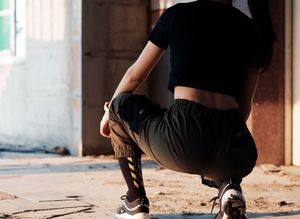



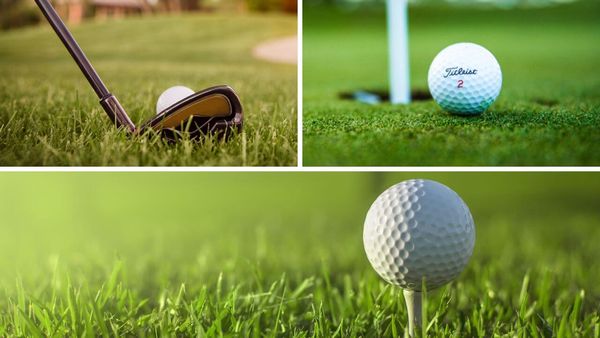
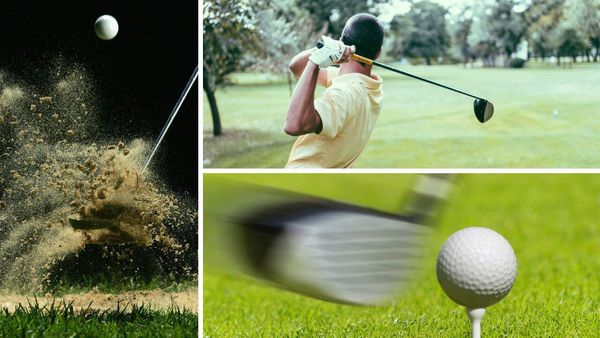
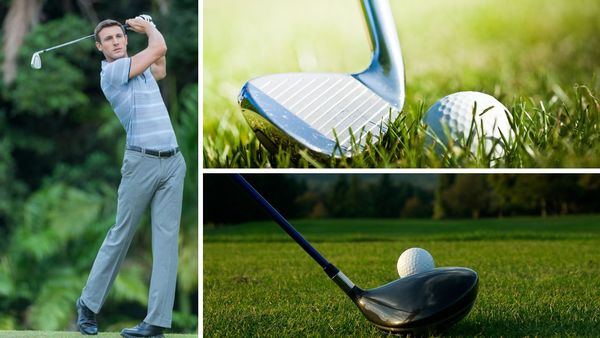
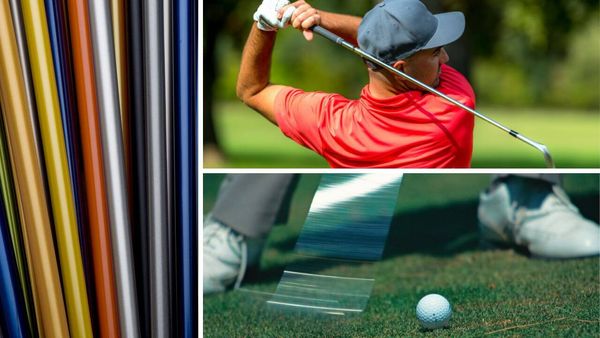
Member discussion